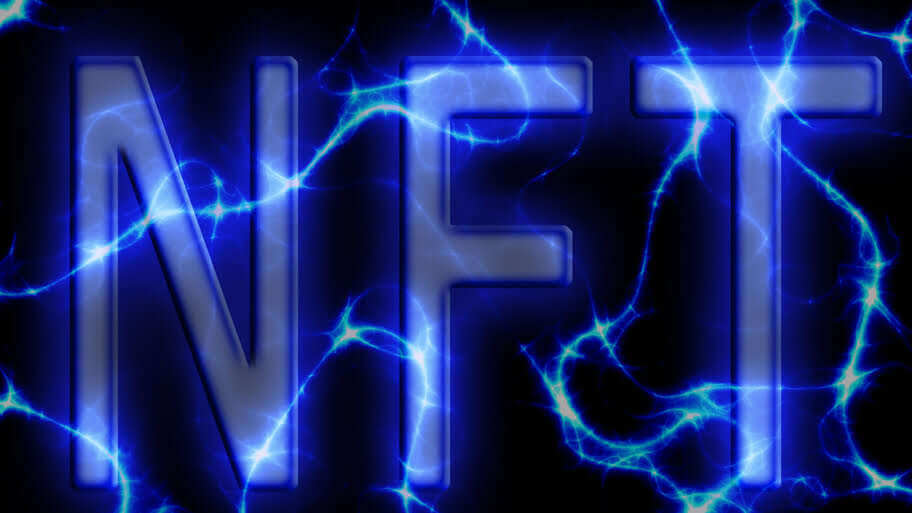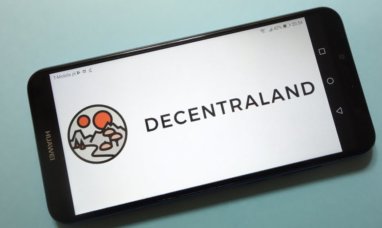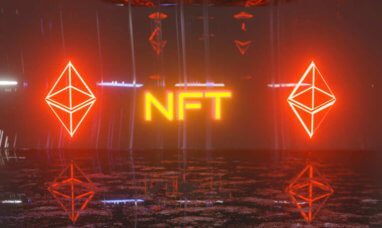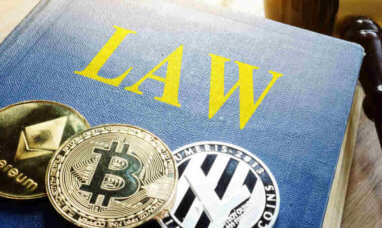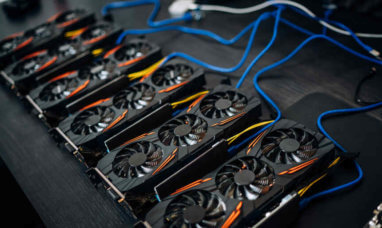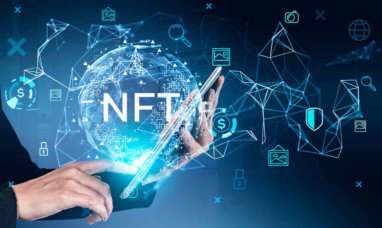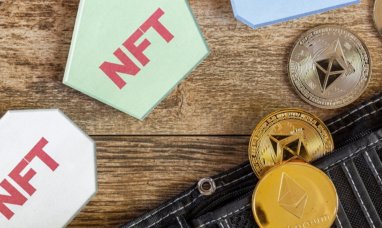Whether you love it, loathe it, or ignore it, NFTs have become a popular and central part of the digital economy. These “non-fungible tokens” provide a way to secure digital ownership of an asset through a secure key on a network that cannot be replicated or compromised without physically impossible scales of computing power.
Blockchain technology is not perfect or “unhackable,” but it is secure enough to provide a platform for NFT art. Real money is being exchanged for these digital items, and purchasers can resell their artwork for a profit, just like fine art collectors. In other words, it really does work – despite having some issues. NFT art might be the most simplified application of the technology, but it is also the most popular.
There are many valid criticisms of NFT art. Some say many collectible art tokens are just created as an opportunity for a quick buck. While the cryptocurrency industry has been racked with fraud scandals and criminal lawsuits, this technology does present a real opportunity for artists and art collectors. These are real products because people are willing to buy them and believe in their value.
NFTs fill a real need in the 21st century, the ability for digital artists to sell their work online outside the context of fine art museums and high-end art dealers. The technology, specifically in the context of digital art, democratizes the buying and selling of digital art, allowing artists and patrons to connect directly from anywhere on the planet with just a few clicks.
So, now that we’ve defined NFTs and summarized the NFT art scene, warts and all, how exactly can someone break into it? Let’s break the process down, assuming you already have created some digital artwork to sell online.
Find a Platform
NFT marketplaces today, which are mostly platforms for buying and selling digital media, function like a “vanity gallery.” Artists will pay a fee to have their art listed on the platform, and if the stars align, someone will buy your NFT and you will receive payment, minus the platform commission. This is a very profitable way to run an art gallery, as the owners will receive a fee whether or not the art sells.
Additionally, this is a good way for new artists to make their break as professionals, as they do not have to navigate the politics and tastes of the high art world. The most popular platforms today include OpenSea, Axie Marketplace, Larva Labs, NBA Top Shot Marketplace, Rarible, SuperRare, Foundation, Nifty Gateway, Mintable, and Theta Drop. Some of these platforms, like NBA Top Shot Marketplace, only allow buying and selling and not minting.
Rarible vs Opensea is the major rivalry that has grown between the biggest NFT marketplaces. Opensea is the more popular choice, but Rarible offers a wider variety of choices for cryptocurrency funding. There are physical galleries as well, such as the Art Blocks NFT market in Texas, or Metaverse wall art markets.
Scarcity and timing is important when minting and selling NFTs; for example, the famous Cryptopunk project commands a very high price. So, why are Cryptopunks so expensive? Simply put, there are only 10,000 of them, and they were the first ever collection of NFTs to be listed on the Ethereum blockchain.
Each platform is unique and caters to different types of buyers and sellers, with some of them being completely centralized and supplied by the businesses themselves. If you want to sell your artwork, you will need to find a platform that allows the creation of new NFTs or “minting,” much like how physical coins are minted and given value.
Create an Auction
Once you’ve found the perfect platform for your artwork, it’s time to create an auction.
First, if you don’t have one already, you will need a digital cryptocurrency wallet. You can create a digital wallet through popular sites such as Coinbase, Binance, Electrum, and Mycelium. Alternatively, you can buy a physical cryptocurrency wallet like Ledger Nano X. Lastly, you can simply download a software wallet client for free from sites like bitcoin.org or ethereum.org.
This will give you a unique address for sending and receiving cryptocurrency, typically a long string of random letters and characters. You will need this to pay the listing fee and receive payment if your NFT artwork sells.
You will also need to fund the wallet by buying some cryptocurrency from an exchange like the ones listed above. Whichever currency the platform requires, the exchange will walk you through the process of creating and funding your wallet.
So, you have your digital wallet created and funded, and now you are ready to create an auction. Each NFT marketplace site is unique, but they are also user-friendly and will provide you with instructions to mint your NFT and create an auction.
For example, how can you sell on Nifty Gateway? The process is straightforward, and the site will guide you through it. First go to your Metamask wallet and select one of your art items, or “Nifties.” Then, select a price, and click “Put on Sale” to complete the transaction and list your item.
You will need to connect your wallet to the platform in order to send and receive payment. Your account on the platform will have a unique cryptocurrency address as well in order to send your fee. After registering for an account on the platform, providing your wallet address, and uploading your artwork, it’s time to pull the trigger and mint your NFT.
Market the Artwork
With millions of people all competing in the marketplace for attention and sales, it can be difficult to find buyers for your artwork. Anyone with a bit of cash and a digital image to upload can list their artwork, so it is an incredibly saturated market. Generating attention and eventually selling your artwork can be difficult; thus, in this age of information overload, attention and hype is a real commodity.
Social media is the most obvious choice for promoting your artwork. You can provide links to the auction and leverage the power of large social media sites to attract enthusiasts to your art. Alternatively, you can get your digital art listed at a fine art auction, as high art auctioneers like Christie’s and Sotheby’s have embraced digital art auctions.
Finally, you can get creative and try some unconventional means of promoting your NFTs. Putting up posters with your art and links to the auction, partnering with other artists in different mediums to promote your art, pulling publicity stunts, buying physical ad space in popular places, and more can all help lead to a successful sale of NFT artwork.
It is relatively difficult to simply post your art on the platform and generate a sale without any extra effort, yet it’s not impossible, especially if your artwork is very impressive on its own merit. You don’t have to sell NFTs, pull gimmicks, or handle money to be a real artist, but this technology will help to achieve sales more easily.
Featured Image: Megapixl
